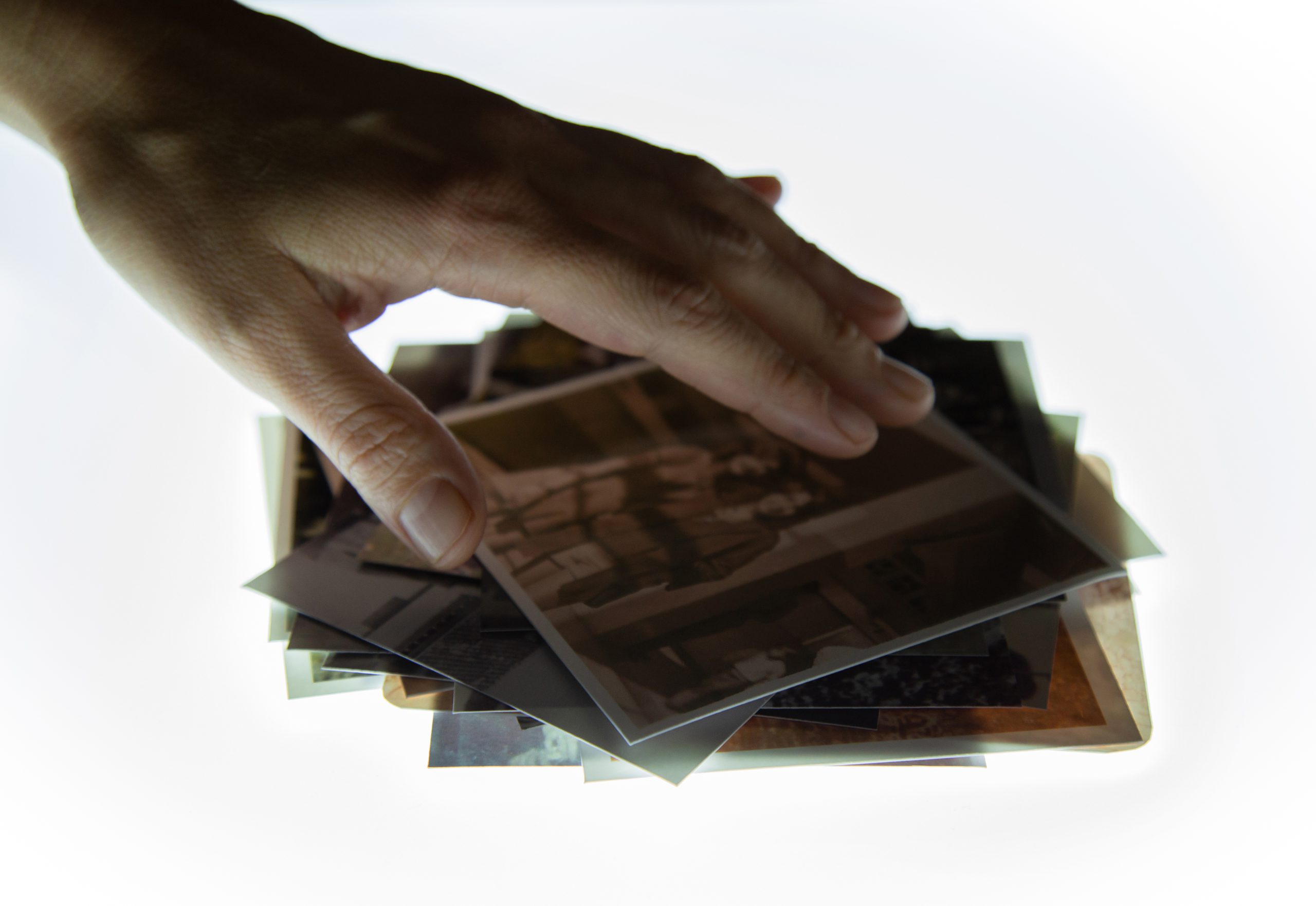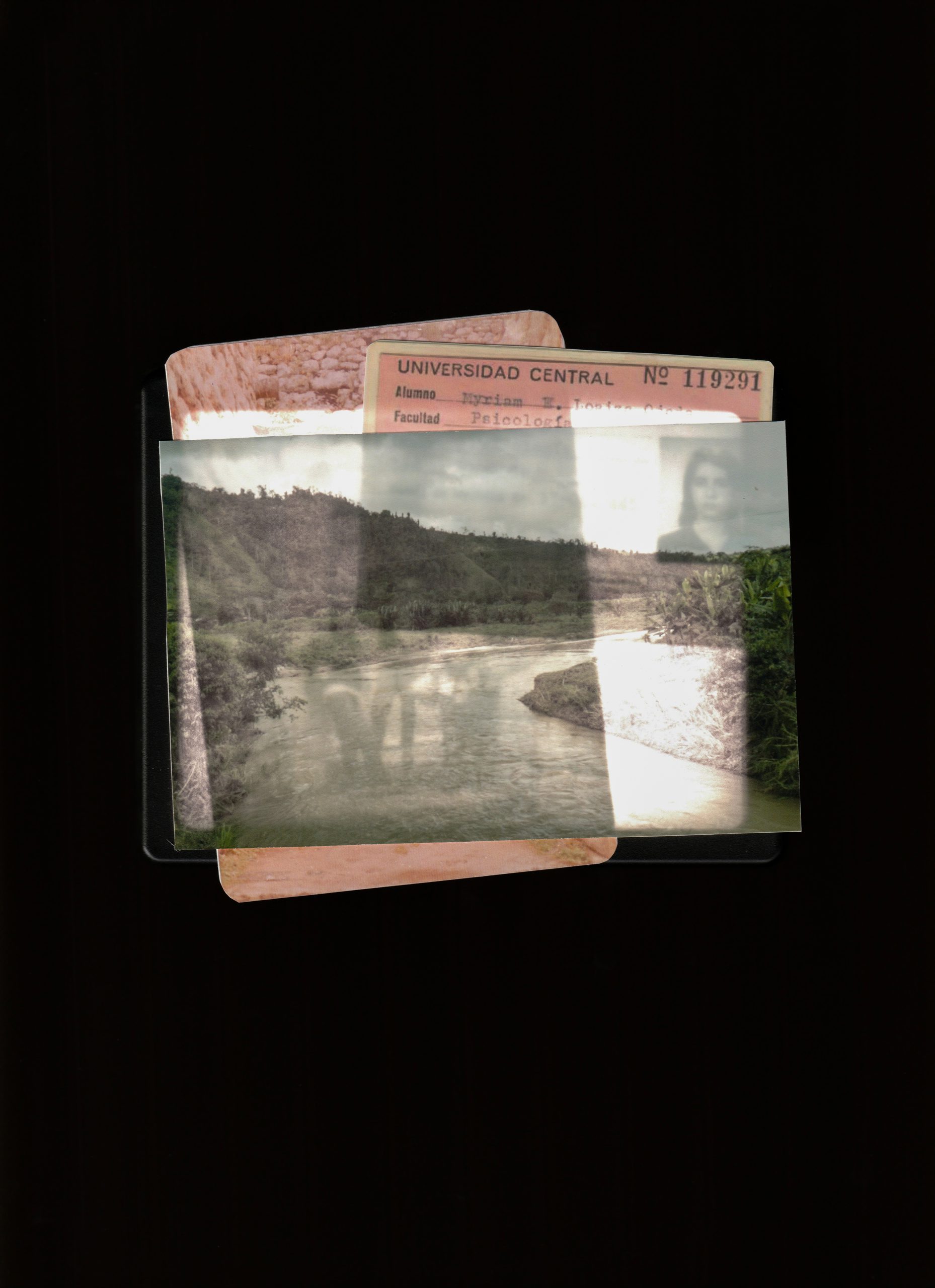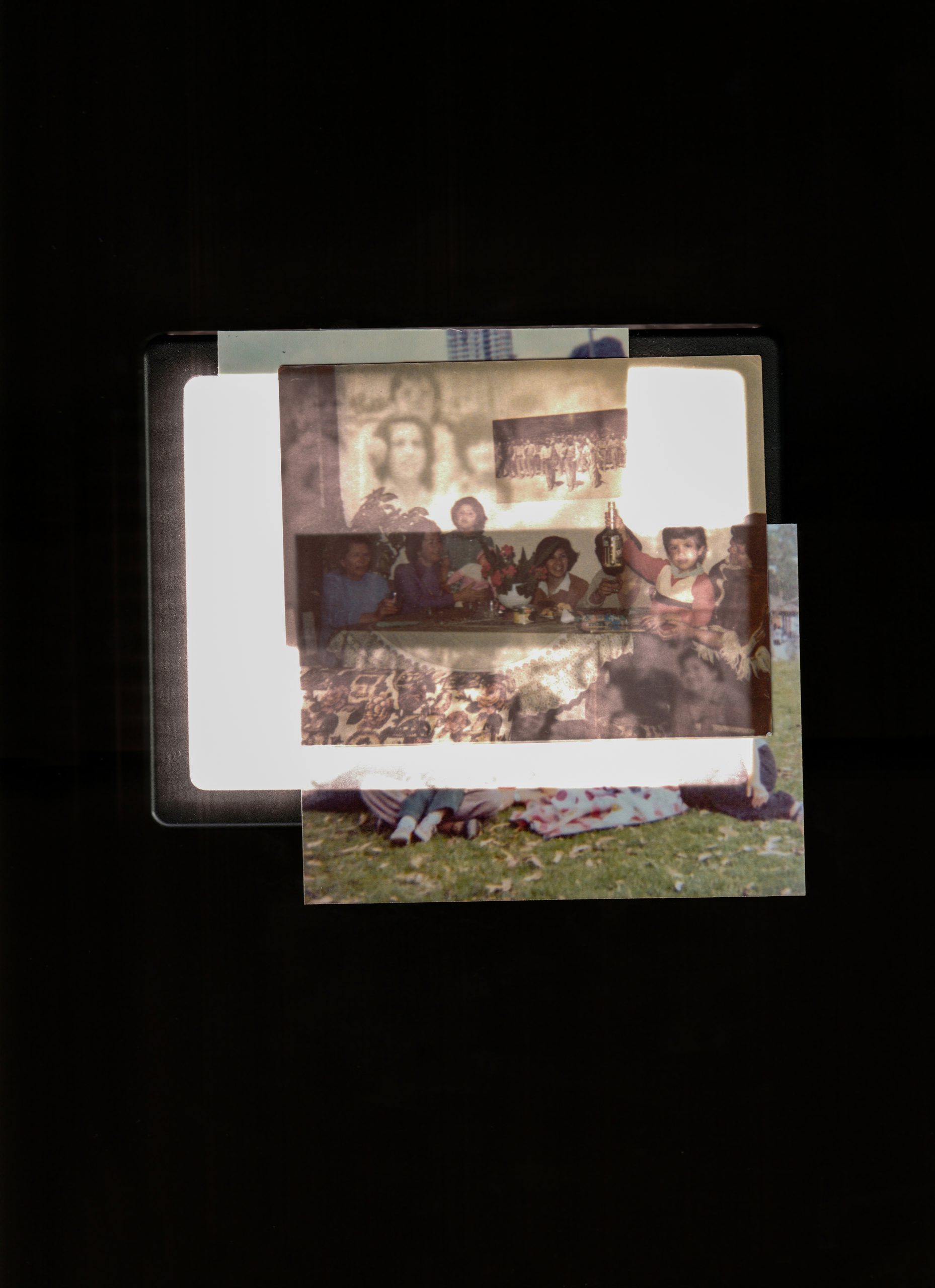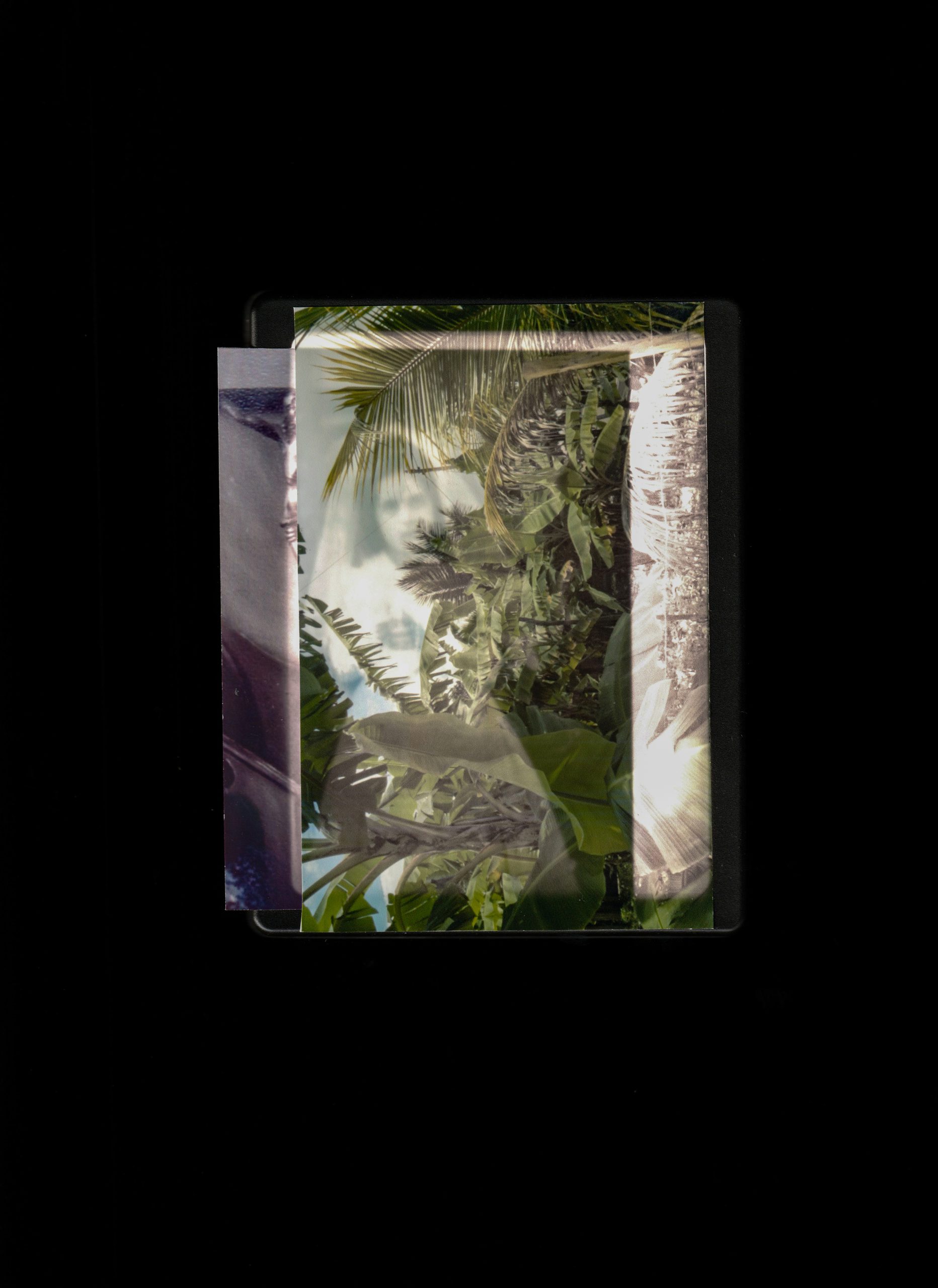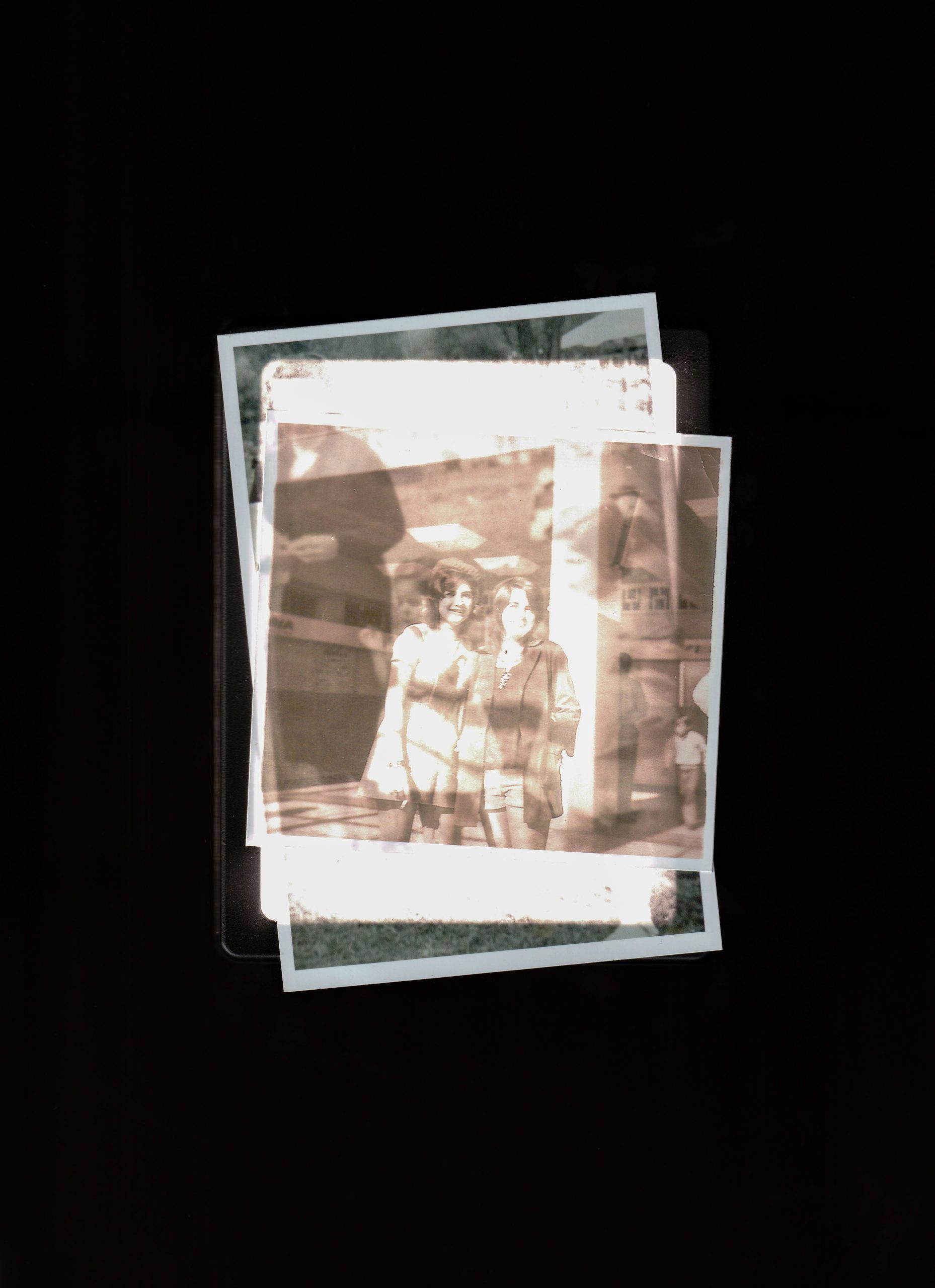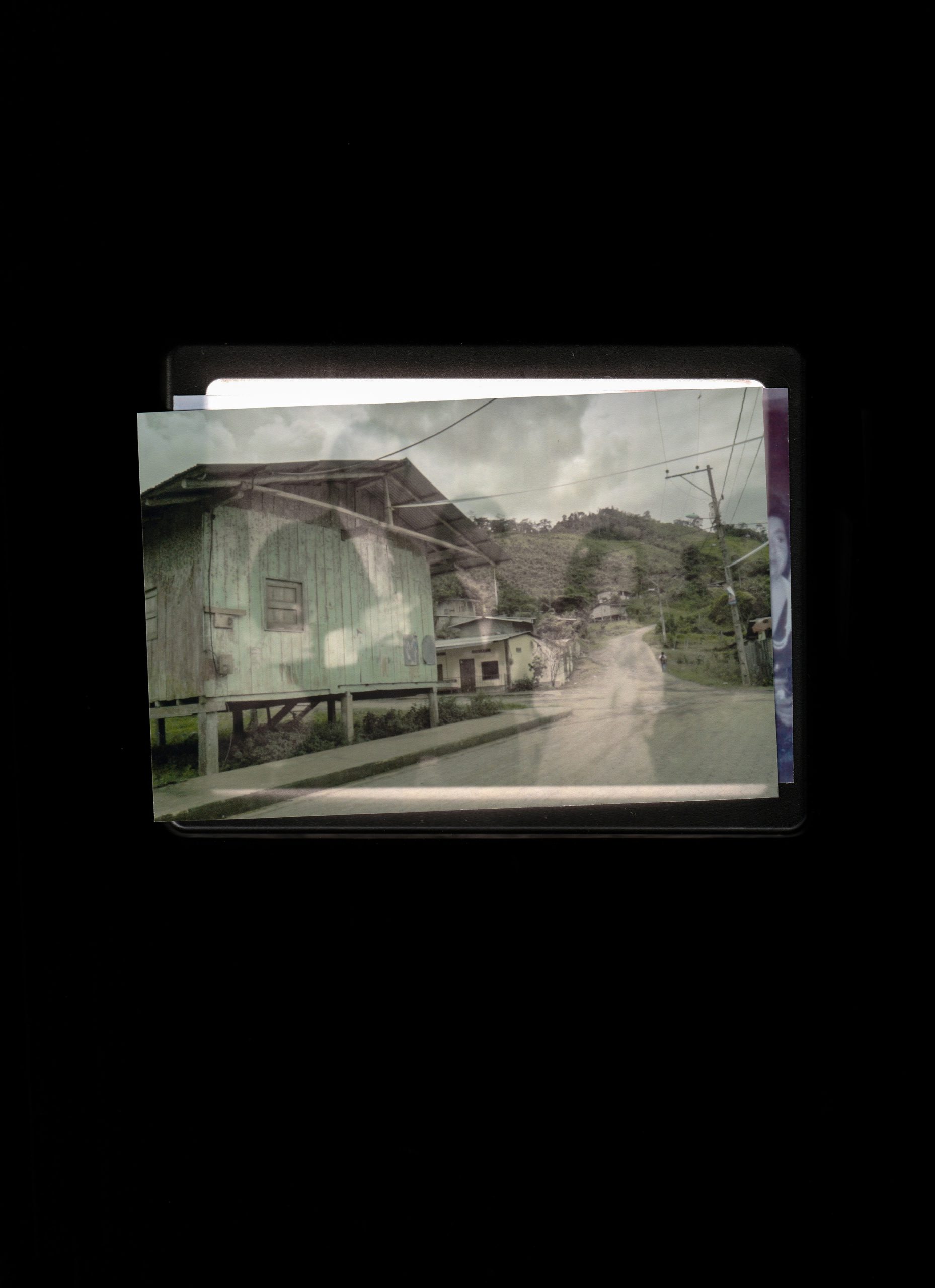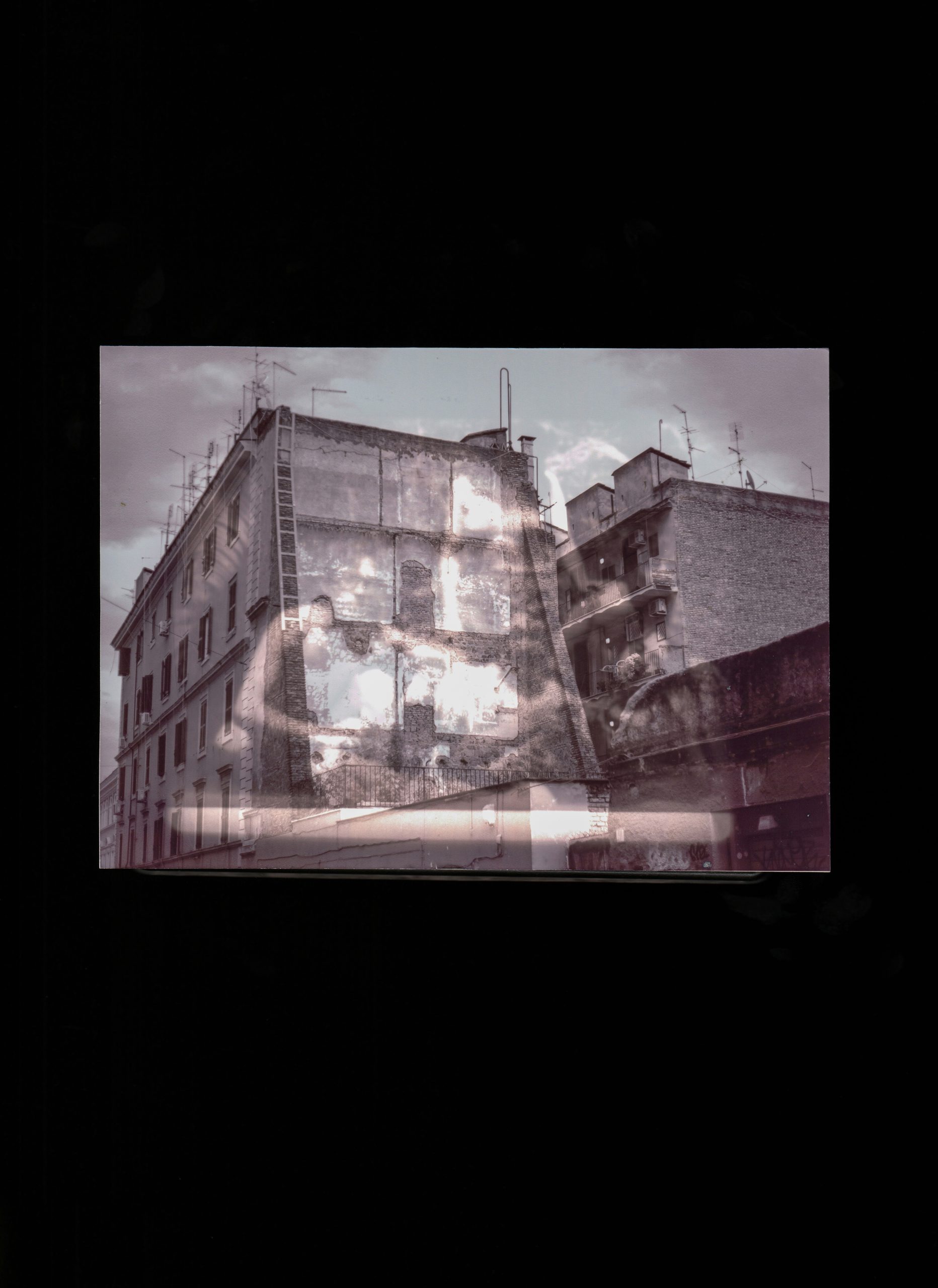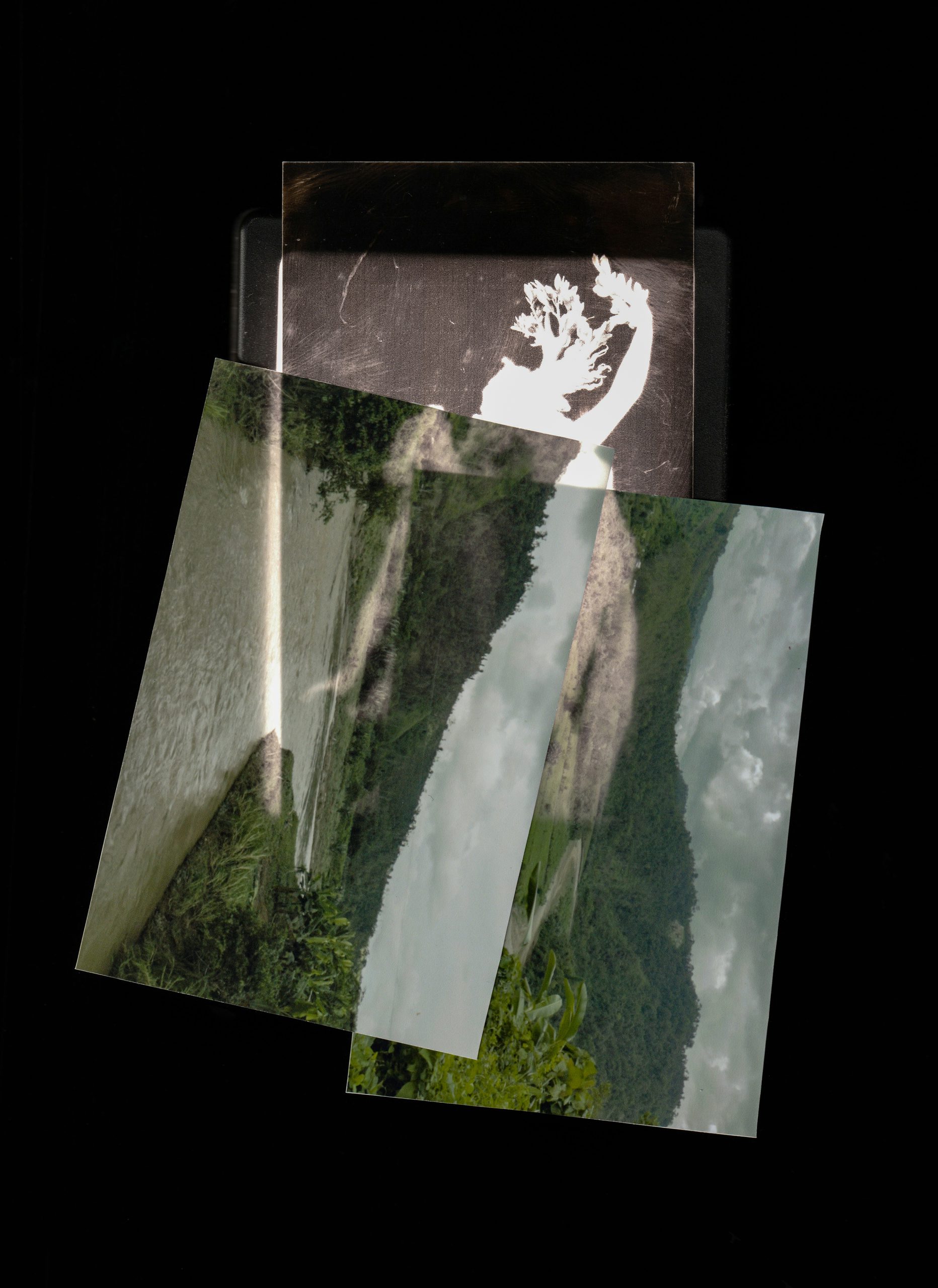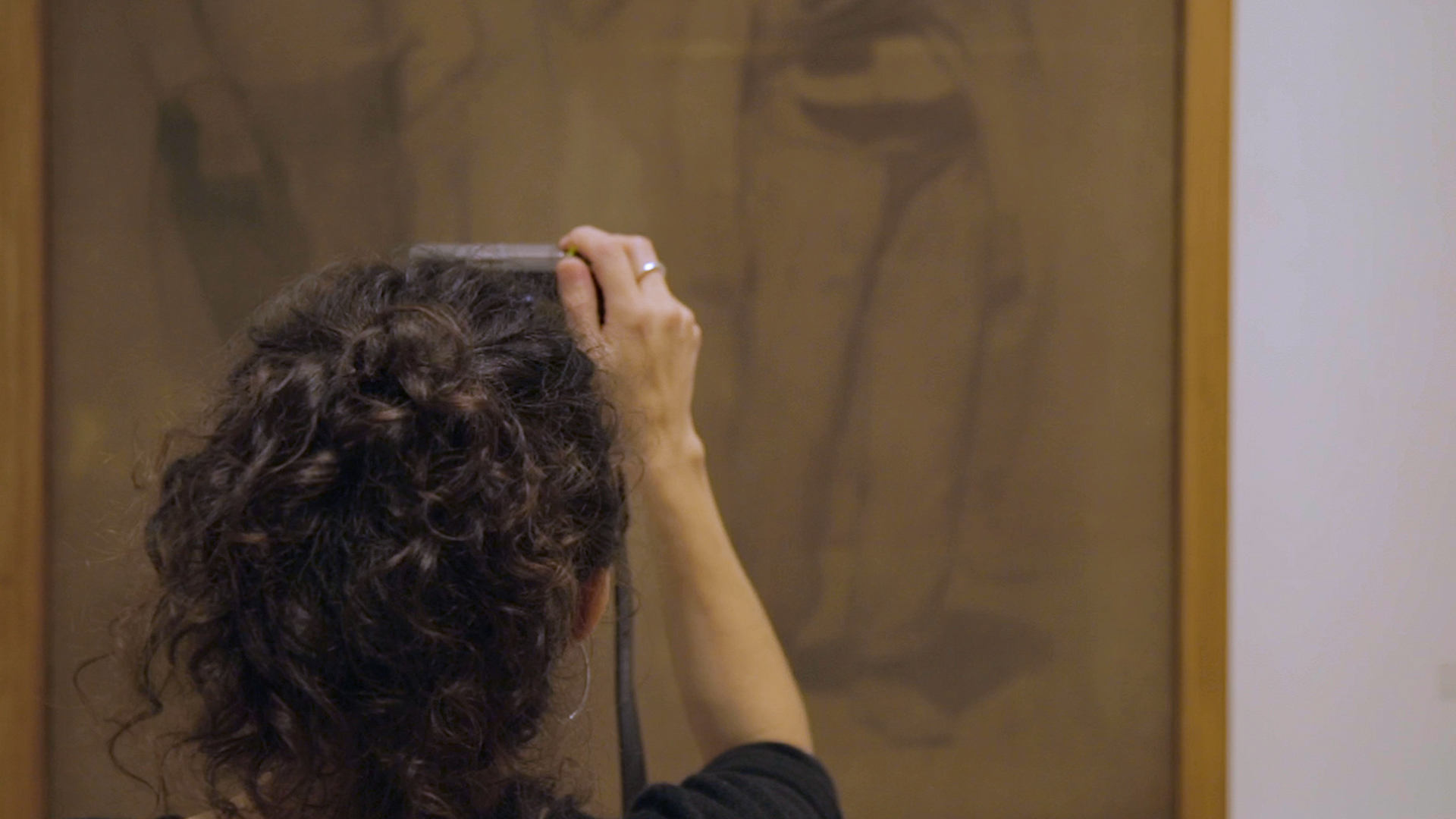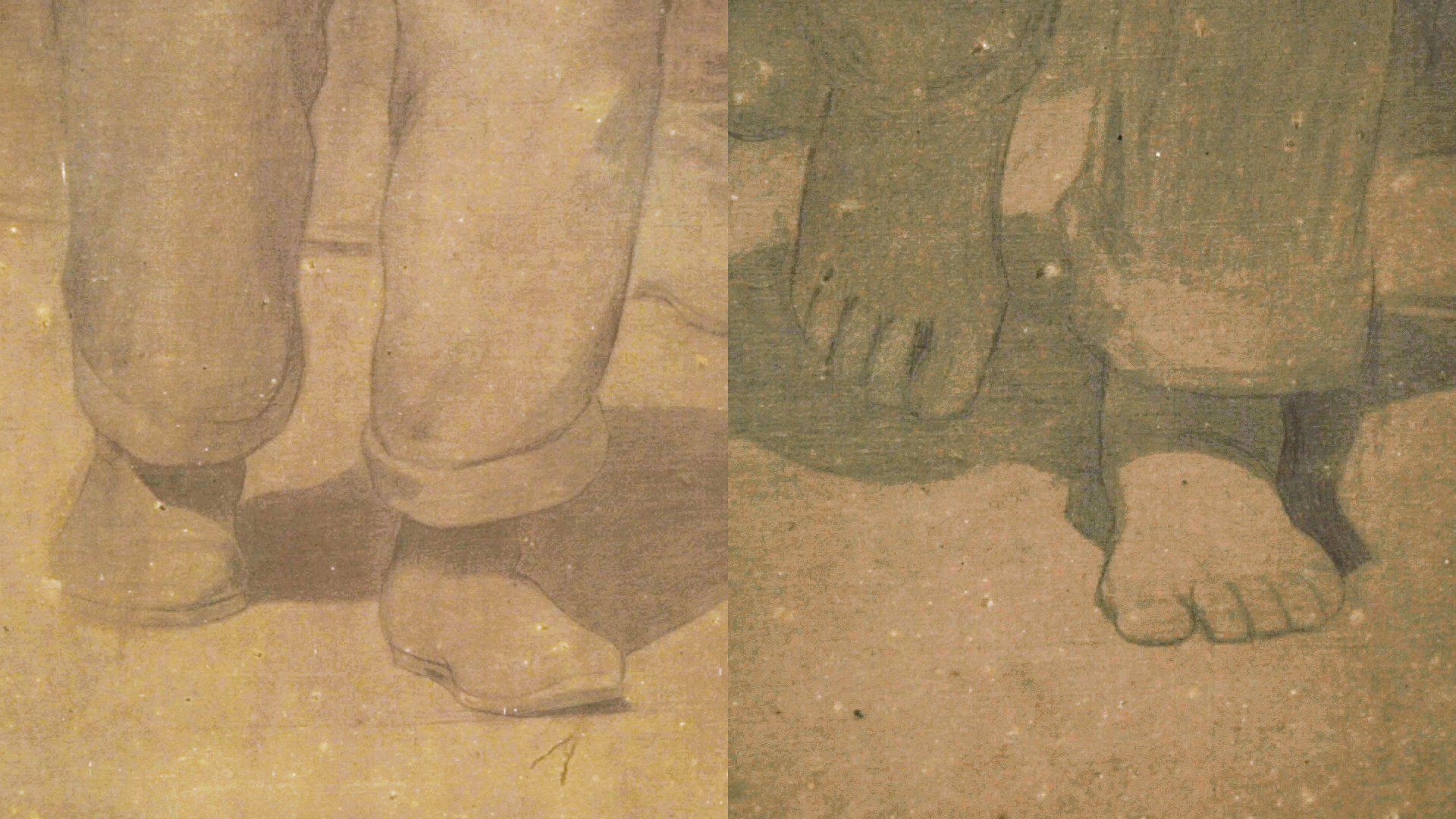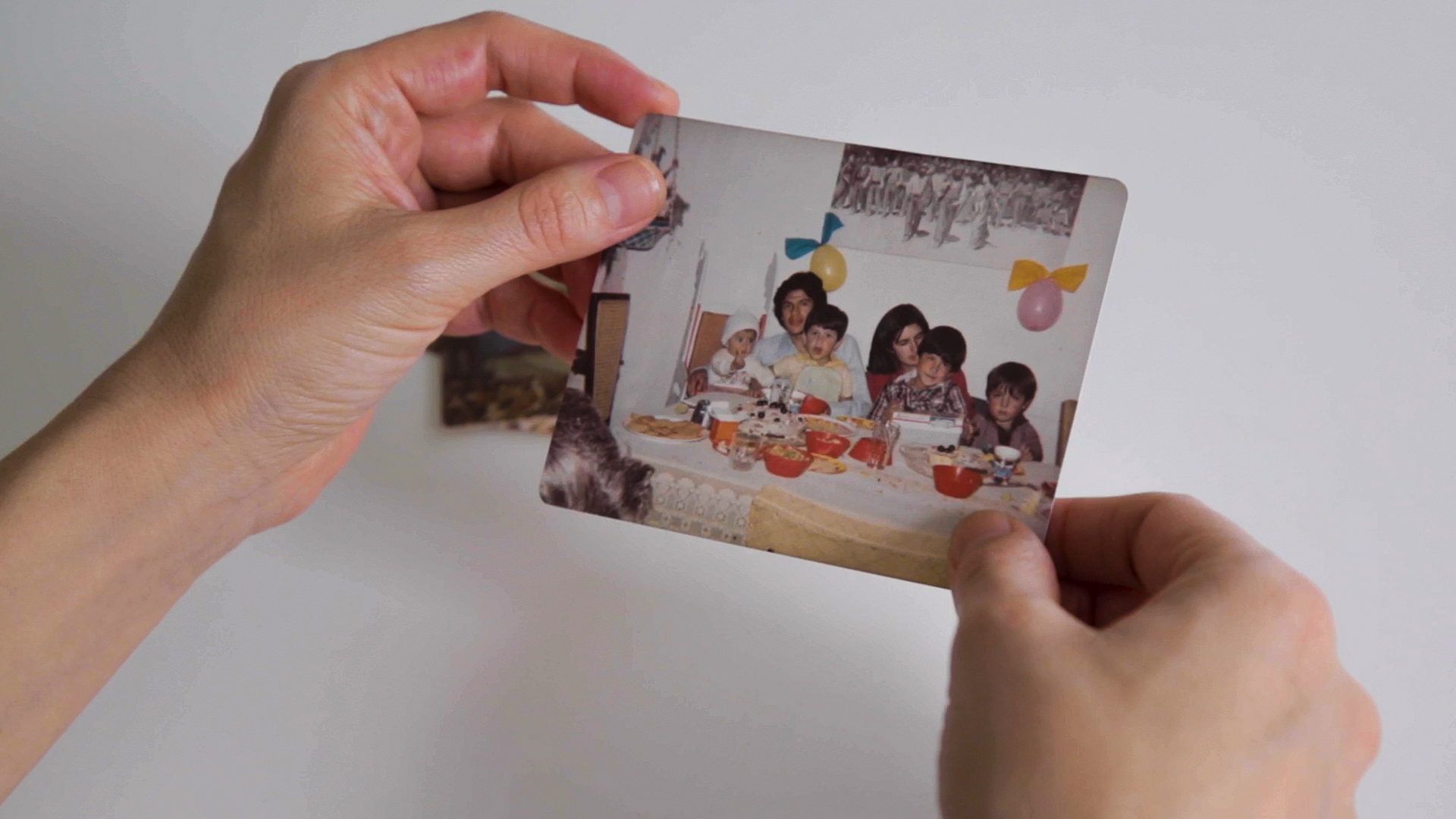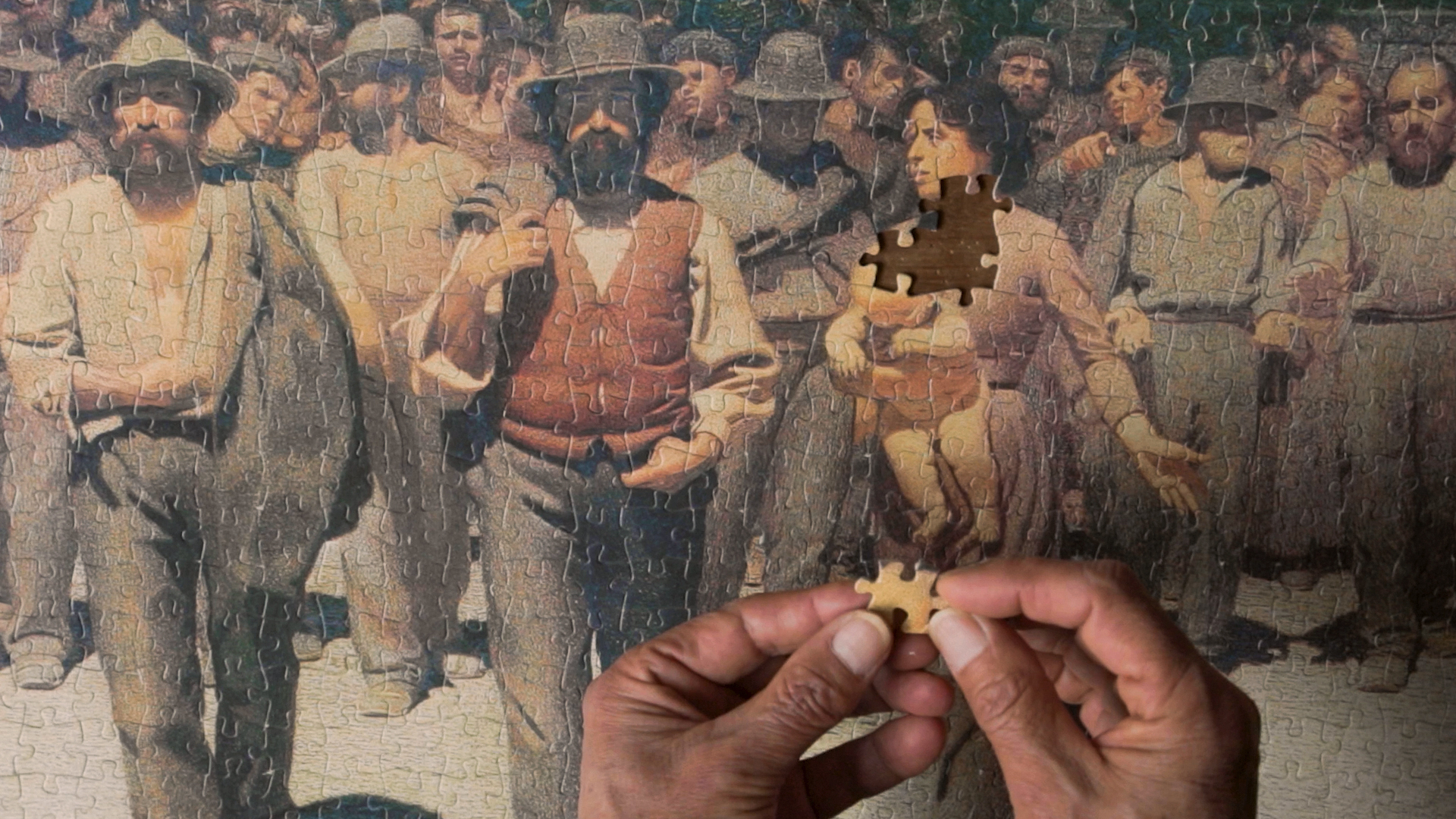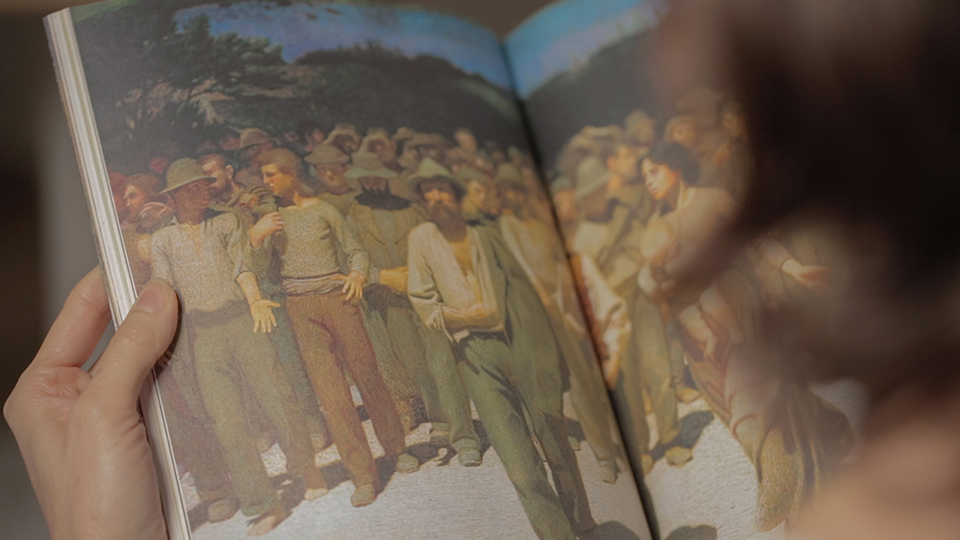Born in Quito, Ecuador, Estefanía Peñafiel Loaiza currently lives and works in Paris. Her practice combines different mediums such as installations, videos, photography and site specific.
Estefania Peñafiel’s research is closely linked to her own displacements and has led her to explore themes such as borders, cartographies, migrations, history and the memory of places, as well as people who pass through them. She generally adopts a perspective that highlights what escapes the gaze, absences and silences.
She has participated in the following residencies: La Résidence Saint-Ange (Grenoble, France), Triangle France (Tassili desert, Algeria), La Galerie (Noisy‐le‐Sec, France), The Hangar (Beirut, Lebanon), Centre photographique d’Île‐de‐France (Pontault‐Combault, France). She has also produced several performances, notably at Le Bal (Paris), the Fondation d’entreprise Ricard (Paris) and the Wiels Contemporary Art Centre (Brussels).
She started the project “Carmen” during her residency at the Académie de France in Rome – Villa Medicis in 2020 – 2021, and presented the first chapter of this research at her personal exhibition at the ENSP-Les Rencontres d’Arles in 2022.
www.estefania-penafiel-loaiza.art
POSTED: @tropicalpapers_02.08.2022 to 23.08.2022
« In January 1981, my aunt Myriam took a bus from Quito to Colombia. From there, she said, she was going to Europe to continue her studies. She was 25 years old and left behind her husband and two children, with whom I grew up. Letters arrived over the following weeks in which she talked about her trip. One day the letters stopped.
Myriam never went to Europe. She had joined an nascent revolutionary movement and her supposed study trip was just a cover for the start of operations in a remote region of Ecuador. To hide her identity, she adopted her cover name as her own: Myriam had become Carmen.
We later learned that she had been assassinated, along with an activist comrade, in circumstances that remain unclear. For a long time, her story was shrouded in silence. It took three decades for the crime to be officially recognized as a precursor to the state violence that took hold of the country during the 1980’s. »
EPL
“In January 1981, my aunt Myriam took a bus from Quito to Colombia. From there, she said, she was going to Europe to continue her studies. She was 25 years old and left behind her husband and two children, with whom I grew up. Letters arrived over the following weeks in which she talked about her trip. One day the letters stopped.
Myriam never went to Europe. She had joined an nascent revolutionary movement and her supposed study trip was just a cover for the start of operations in a remote region of Ecuador. To hide her identity, she adopted her cover name as her own: Myriam had become Carmen.
We later learned that she had been assassinated, along with an activist comrade, in circumstances that remain unclear. For a long time, her story was shrouded in silence. It took three decades for the crime to be officially recognized as a precursor to the state violence that took hold of the country during the 1980’s.”
A few years ago, at the Galleria Nazionale d’Arte Moderna in Rome, I discovered the preparatory cartoons for the painting “Il Quarto Stato” by Giuseppe Pellizza da Volpedo. A reproduction of this painting had decorated my parents’ house, where Myriam was a frequent visitor. The painting appeared to me as a window opening onto both sides of the narrative, making the link between Myriam’s true destiny and the one she had invented in her cover story.
To shed light on this story, to try to touch its reality, I had to dig into the fiction, take it seriously. So I took the false path that Carmen had traced and I went to look for her, not only where she had really gone, but also where she had never been.
To guide my steps, I followed the trail of her letters.
